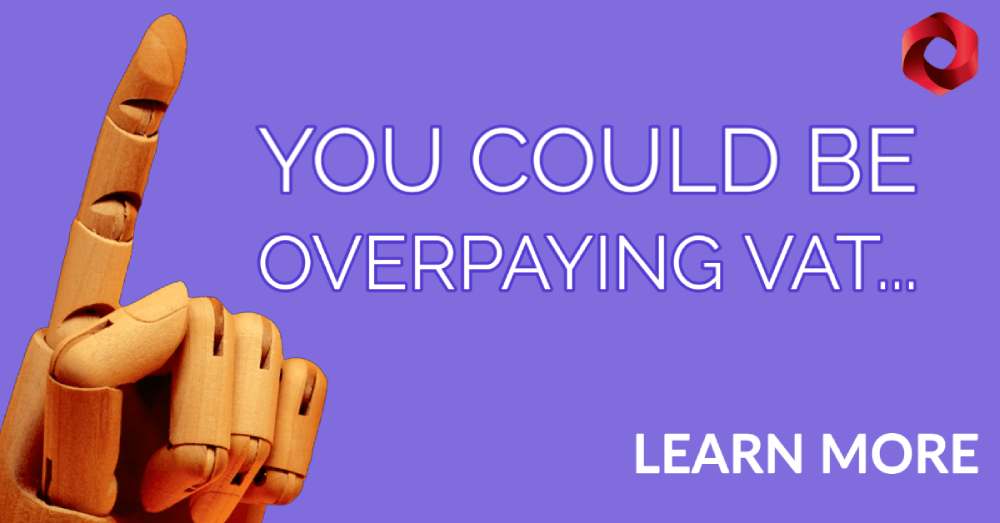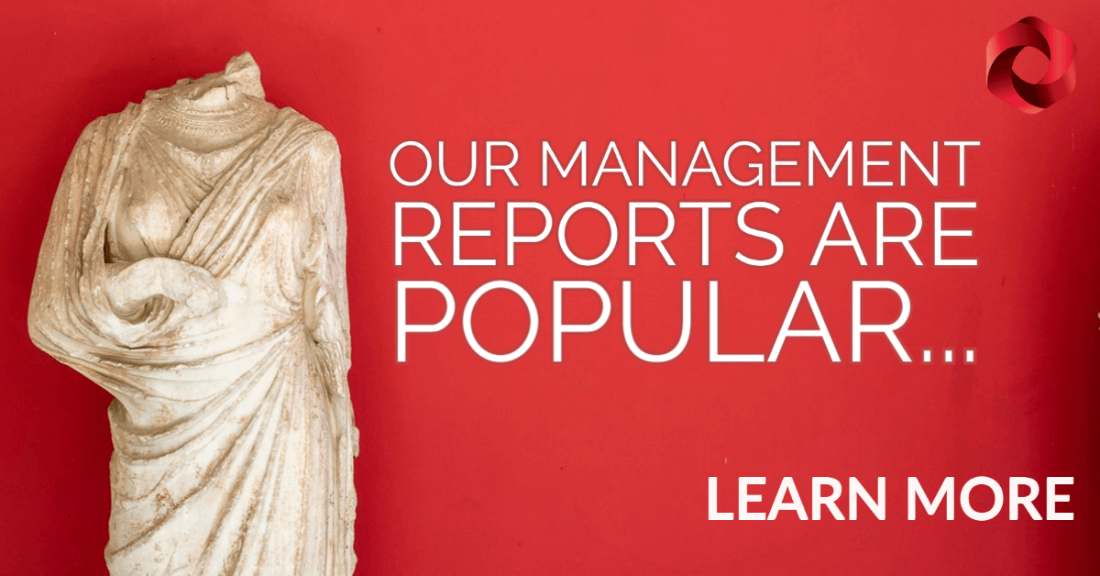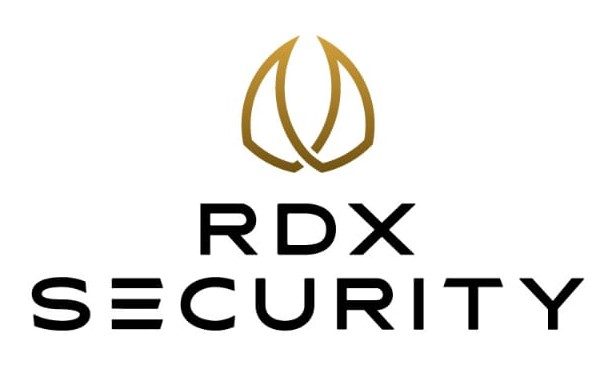Guide to inheritance tax planning
- July 2022
- 5 minutes
 What exactly is inheritance tax (IHT) and how does it operate?
What exactly is inheritance tax (IHT) and how does it operate?
IHT is a tax that may be levied on your estate (your money, possessions, and share of any property) when you die, reducing the amount of value that eventually passes to your beneficiaries. Beneficiaries are the people to whom you wish to leave your money and assets when you die.
Inheritance tax may also be levied on certain gifts made while alive, but we’ll go over that in more detail later in this guide.
IHT is currently levied on estates valued at more than £325,000, though this figure is likely to change in the future. When the value of your estate exceeds the ‘nil-rate band,’ everything above the threshold is taxed at 40% (unless you leave it to your surviving spouse, in which case no IHT is due).
The tax is levied on ‘UK domiciled individuals’ worldwide assets (people whose permanent home is in the UK). It also applies to the UK assets of people who live in other countries.
That means if you’re a UK citizen and you have a holiday home abroad, it still counts as part of your estate for IHT purposes. Similarly, if you’re a foreign national but have UK property or assets, you’ll be liable for UK inheritance tax if the value of those assets comes to more than the £325,000 limit.
 Understanding the nil-rate band
Understanding the nil-rate band
With so many rules, exceptions, and reliefs, inheritance tax can become quite complicated – but understanding the nil-rate band is crucial.
The nil rate band functions as a personal IHT tax allowance. Everyone who is potentially liable for IHT has their own £325,000 allowance, and you will only be liable for inheritance tax if your estate exceeds that amount.
This allowance can also be increased under certain conditions. For example, if you die and leave your primary residence to a direct descendant, an additional ‘residence nil-rate band’ will be added.
Until at least 2025/2026, the maximum residence nil rate band is frozen at £175,000. This gets added to your existing nil-rate band of £325,000 – so your estate could be worth up to £500,000 before any IHT is payable.
For example let’s say you leave behind…
-Savings, investments and possessions worth £110,000
-Your main residence, worth £340,000
Your estate is worth £450,000, which would normally exceed the nil-rate band. However, if you leave the property to a direct descendant, your allowance is increased to £500,000 (£325,000 + £175,000).
Not only would there be no inheritance tax, but £50,000 of your nil rate band would be unused. This unused portion of your allowance can be transferred to the estate of your surviving spouse, effectively increasing their future nil rate band.
It is important to note that if you co-own your property, only the value of your share will be included in your estate. In the preceding example, if you owned 50% of the house, it would be worth £170,000 – so even with your savings and possessions, you’d be in the nil-rate band regardless of who you left your estate to.
 Inheritance tax for married couples
Inheritance tax for married couples
We’ve already seen how being married or in a civil partnership can bring some major benefits when it comes to IHT.
If your will passes all your assets to your wife, husband or registered civil partner, then there won’t normally be any IHT to pay. What’s more, your nil-rate band won’t be used at all – so your surviving partner can effectively double theirs.
It’s up to the legal personal representatives of the second spouse or civil partner to claim the transfer of the unused nil-rate band when the second partner dies. Doing so can significantly reduce the inheritance tax that’s due on assets passed down to your offspring, or other family and friends.
 How much inheritance tax you might have to pay
How much inheritance tax you might have to pay
Given the rapid rise in house prices in recent decades, an increasing number of people’s estates now exceed the IHT threshold, even with the benefits of the residence nil-rate band.
The table below shows how much inheritance tax may be payable on your estate, regardless of whether you can claim the full £175,000 relief against the value of your home.
Please keep in mind that this does not include any additional allowance you may be entitled to following the death of a partner.
| Total Value of estate | IHT payable in full residence nil rate band of £ 175,000 claimed | IHT Payable if no residence nil rate band applicable |
| £325,000 | None | None |
| £400,000 | None | £30,000 |
| £500,000 | None | £70,000 |
| £600,000 | £40,000 | £110,000 |
| £800,000 | £120,000 | £190,000 |
| £1m | £200,000 | £270,000 |
 Inheritance tax on gifts
Inheritance tax on gifts
Giving money or assets to your beneficiaries while you’re still alive is one of the most common strategies to pre-emptively reduce inheritance tax. However, there are a number of rules around what you can give, and when you can give it.
Indeed, when the value of your estate is calculated, it will include the total value of certain gifts you made in the seven years before your death, or at any time if you continued to benefit from the gifted property thereafter (these are known as ‘gifts with reservation of benefit’).
Lifetime gifts generally fall into one of the following three categories:
 Exempt transfers
Exempt transfers
Exempt transfers are gifts you can legitimately make at any time, without incurring any inheritance tax. These include:
-Gifts of any value between spouses or registered civil partners
-Annual gifts of up to £3,000 in each tax year
-Payments are made on a regular basis from your earnings. Regular payments taken directly from your pay check can help keep the value of your estate from rising. These payments have no set limit, but they will only qualify for exemption if you have enough income left over to fund your normal lifestyle.
-Wedding gifts or civil partnership ceremony gifts (you can give £5,000 to your children, £2,500 to grandchildren or £1,000 to anyone else).
-Small gifts of up to £250 per person, per year
-Gifts to charities, political parties or national organisations (donations are tax-free during your lifetime, and when you leave money to charity in your will).
 Potentially exempt transfers (PETs)
Potentially exempt transfers (PETs)
Gifts to individuals (as well as gifts into certain types of trusts) that exceed the available exemptions are known as potentially exempt transfers (PETs).
There is no inheritance tax to pay when you make the transfer, but IHT will be due if you die within seven years and the value of the PET exceeds the nil rate band.
Gifts made less than three years before your death are subject to the full 40% tax charge. Gifts made three to seven years before death are subject to a sliding scale of taxation known as taper relief.
For example, if you make a PET of £100,000 but die within three years with an estate value of £300,000, the PET is added to the value of your estate to make £400,000. There’ll therefore be an IHT bill of £30,000 (40% of the £75,000 over the nil rate band).
Assuming you live for more than seven years following the PET, its value wouldn’t be added to your estate when you die. In this case, there would be no inheritance tax to pay on the gift.
 Chargeable lifetime transfers
Chargeable lifetime transfers
When an individual makes a gift that is not outright, such as a gift into a flexible or discretionary trust, the transfer is classified as a chargeable lifetime transfer (CLT).
There will be no inheritance tax to pay if your total number of CLTs in the previous seven years is less than the available nil rate band.
If the CLT, when added to the total amount of CLTs in the previous seven years, exceeds the nil rate band, the excess amount will be subject to a lifetime inheritance tax charge of 20%.
Chargeable lifetime transfers will usually fall outside of your estate for IHT purposes if you survive for at least seven years after the CLT was made. However, if you die within seven years of making the CLT, then its value will be part of your estate.
Any inheritance tax you already paid on a CLT when you were alive will be deducted from any IHT due on it after your death.
 Things to consider before making lifetime gifts
Things to consider before making lifetime gifts
Lifetime gifts are often seen as a simple way to reduce inheritance tax, but as you can see above, it’s a complicated matter that needs serious thought.
As well as ensuring you abide by the rules, you’ll need to consider the affordability of giving gifts, without leaving yourself short in your later years – when you may need to pay for things like care.
You’ll also need to think about when you want your beneficiaries to gain access to the assets you gift them. For instance, you may want to give money to your children or grandchildren but retain control over what age they receive it. This can usually be done by placing the money into trust.
 Using trusts to reduce inheritance tax
Using trusts to reduce inheritance tax
A trust is a legal arrangement that you can set up in which your asset (or gift) is held by a trustee or group of trustees for the benefit of a named third party (your beneficiary).
When you transfer the investment to the trustees, it no longer technically belongs to you, and it will not be counted as part of your estate when you die (subject to all the other rules above). This can significantly reduce the inheritance tax liability of the people to whom you are passing assets.
Furthermore, if you give money to a trust, you can direct how and when the money is distributed. It’s a way to ensure that your plan is carried out in accordance with your wishes after you die.
Tax treatment depends on the individual circumstances and may be subject to change in future.
















